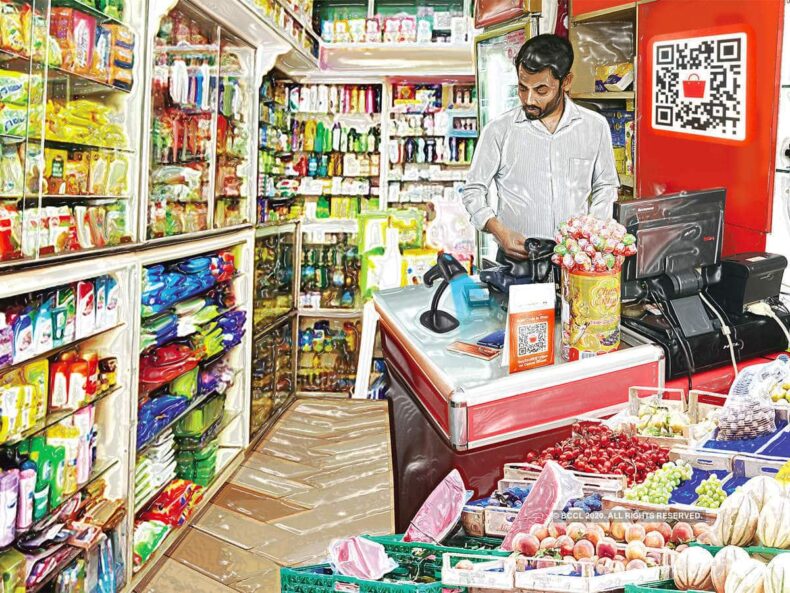The Centre for Economic Data Analysis (CEDA) at Ashoka University recently released its latest CEDA-CMIE bulletin, which sheds light on the borrowing patterns of Indian households from September 2022 to December 2022. The report highlights that over half of Indian households borrowed money during this period, with rural households being more prone to borrowing. The most common form of borrowing was found to be credit from local shops.

The report analyzed data from the Consumer Pyramids Household Survey conducted by the Centre for Monitoring Indian Economy (CMIE). It found that around 52% of Indian households borrowed money in some form or the other, either through formal or informal sources, during the four months. This is a significant increase from the 47% of households that had borrowed in the same period in 2021.
The report also found that rural households were more likely to borrow money than their urban counterparts, with around 55% of rural households borrowing during the period as compared to 50% of urban households.
The most common form of borrowing was found to be credit from local shops, which accounted for almost 32% of all borrowing. This was followed by borrowing from friends and relatives, which accounted for 25% of all borrowing. Formal sources of borrowing, such as banks and financial institutions, accounted for only 22% of all borrowing.
The report also noted that the average amount borrowed by households during the period was Rs. 17,700, which is a significant increase from the Rs. 12,300 borrowed in the same period in 2021. The increase in borrowing is likely due to the economic disruptions caused by the COVID-19 pandemic.
The report’s findings highlight the need for policymakers to address the issue of household debt in India, especially among rural households. The high dependence on informal sources of borrowing and the lack of access to formal sources of credit underscore the need for financial inclusion and the expansion of formal credit channels.

The report’s findings also raise questions about the sustainability of the borrowing patterns observed. The increase in the average amount borrowed and the reliance on informal sources of credit may have long-term implications for households’ financial stability. Households that rely heavily on informal sources of borrowing may be more vulnerable to predatory lending practices and high-interest rates, which can lead to a debt trap.
Additionally, the report’s findings highlight the need for financial education and literacy programs to help households make informed borrowing decisions. Many households may not be aware of the risks associated with informal sources of credit or the importance of maintaining a healthy debt-to-income ratio.
Moreover, the COVID-19 pandemic has further exacerbated the issue of household debt in India, with many households experiencing income and job losses. The report’s findings underscore the need for targeted relief measures and financial assistance to support households’ financial well-being.
The report also highlights the need for policymakers to address the underlying factors that drive households to borrow. The high cost of living, low wages, and limited access to formal sources of credit are some of the factors that contribute to the high levels of household debt in India. Policymakers must focus on addressing these structural issues to ensure that households have access to sustainable livelihoods and adequate sources of income.
Furthermore, the report’s findings have implications for the broader economy. High levels of household debt can constrain consumer spending and hinder economic growth. Policymakers must consider the broader macroeconomic implications of household debt and design policies that promote sustainable borrowing practices and support households’ financial stability.
The CEDA-CMIE bulletin’s report on the borrowing patterns of Indian households sheds light on the prevalent issue of household debt in India. The high dependence on informal sources of borrowing, especially among rural households, is a cause for concern. Policymakers must prioritize financial inclusion and the expansion of formal credit channels to ensure that households have access to affordable credit.












